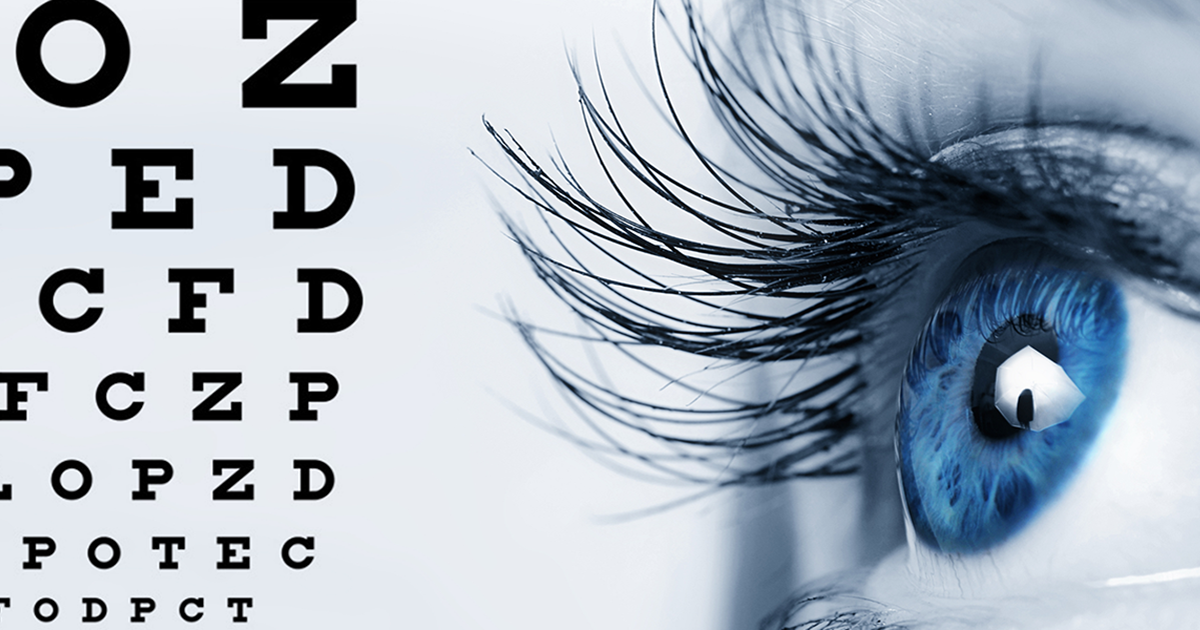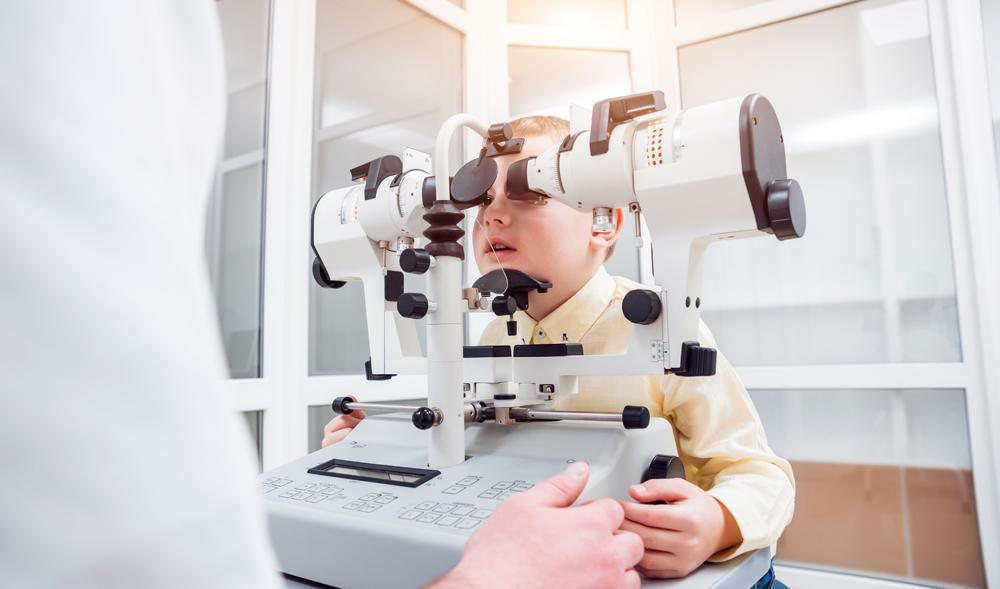The Function of Advanced Diagnostic Devices in Identifying Eye Disorders
In the realm of ophthalmology, the application of advanced analysis devices has revolutionized the early identification and administration of different eye disorders. As the demand for specific and prompt medical diagnoses proceeds to grow, the integration of innovative devices like optical coherence tomography and visual area testing has become important in the world of eye care.
Significance of Early Diagnosis
Very early diagnosis plays an essential role in the efficient management and therapy of eye disorders. Prompt recognition of eye conditions is critical as it enables punctual treatment, possibly avoiding additional progression of the disease and minimizing long-term problems. By detecting eye problems at an onset, doctor can supply suitable therapy strategies customized to the specific problem, ultimately causing far better outcomes for patients. Very early diagnosis makes it possible for individuals to access essential support solutions and sources faster, boosting their overall quality of life.

Modern Technology for Detecting Glaucoma
Cutting-edge diagnostic technologies play an important role in the very early discovery and monitoring of glaucoma, a leading reason of irreparable loss of sight worldwide. An additional innovative tool is visual field screening, which maps the sensitivity of a person's visual field, assisting to identify any type of locations of vision loss feature of glaucoma. These advanced analysis devices make it possible for ophthalmologists to diagnose glaucoma in its very early stages, allowing for timely intervention and far better administration of the condition to stop vision loss.
Duty of Optical Coherence Tomography

OCT's ability to measure retinal nerve fiber layer density enables exact and unbiased measurements, helping in the very early detection of glaucoma also before visual field defects become obvious. In addition, OCT innovation allows longitudinal surveillance of architectural adjustments with time, facilitating individualized therapy plans and timely treatments to assist protect patients' vision. The non-invasive nature of OCT imaging likewise makes it More Info a favored option for checking glaucoma development, as it can be duplicated routinely without triggering pain to the individual. Overall, OCT plays a crucial duty in enhancing the diagnostic precision and management of glaucoma, ultimately contributing to better results for individuals in danger of vision loss.
Enhancing Diagnosis With Visual Area Screening
An essential component in detailed sensory analyses, aesthetic area screening plays an essential function in improving the analysis procedure for different eye disorders. By examining the complete level of an individual's aesthetic area, this test offers vital details regarding the practical honesty of the whole visual pathway, from the retina to the visual cortex.
Visual area testing is especially important in the medical diagnosis and management of problems such as glaucoma, optic nerve problems, and various neurological illness that can influence vision. With quantitative measurements of peripheral and central vision, medical professionals can discover subtle modifications that might show the visibility or progression of these disorders, also before recognizable symptoms occur.
Moreover, visual field screening permits the monitoring of therapy efficacy, assisting eye doctors customize healing interventions to private patients. eyecare near me. By tracking modifications in visual area efficiency over time, doctor can make informed choices concerning changing medications, suggesting surgical treatments, or carrying out various other proper procedures to protect or enhance a patient's aesthetic feature
Handling Macular Degeneration

Conclusion
In verdict, progressed analysis tools play an important role in recognizing eye conditions early on. Technologies such as Optical Coherence Tomography and aesthetic field screening have actually greatly boosted the accuracy and effectiveness of detecting problems like glaucoma and macular degeneration. Early discovery enables prompt treatment and management of these problems, inevitably bring about much better results for clients. It is crucial for medical care professionals to remain upgraded on these innovations to offer the most effective feasible look after their people. eyecare near me.